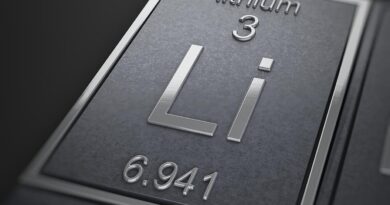Quo vadis lithium-ion batteries?
The development of new Li-ion technologies and how they are incorporated in battery packs is expected to cause significant shifts in demand and raw material requirements from the battery industry over the period to 2030, says Roskill.
The emergence of solid-state technologies and Cell-to-Pack methods could see notable technological advances in energy density, beyond the transition to Ni-rich cathode materials, which has been a main trend of the industry in recent years.
As the end-use markets for Li-ion batteries matures, the uses of Li-ion battery types will likely become more specific to end-use applications and even sub-divisions within each end-use market.
The requirements for lower cost Li-ion battery cells and pack are seeing a resurgence in LFP cathode Li-ion batteries, though the transition in technologies used is expected to develop at different rates in different geographical markets, not only because of consumer economic strength, but also restrictions by patents.
In the coming years, the automotive industry is forecast to increase its dominance of Li-ion battery demand, accounting for in excess of 80% total global battery capacity by 2030. With automotive OEMs investing heavily in EV manufacturing capability, research and development, sales of passenger xEVs are expected to approach 50% market share of automotive sales by 2030.
Regional and national legislation continues to push the industry towards electrification to meet emissions targets, though OEMs are being assigned greater responsibility over ensuring the raw materials and components used in products are sourced sustainably, which has the potential to cause disruption at multiple stages of the supply chain.




